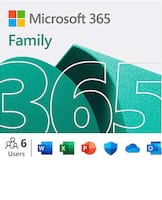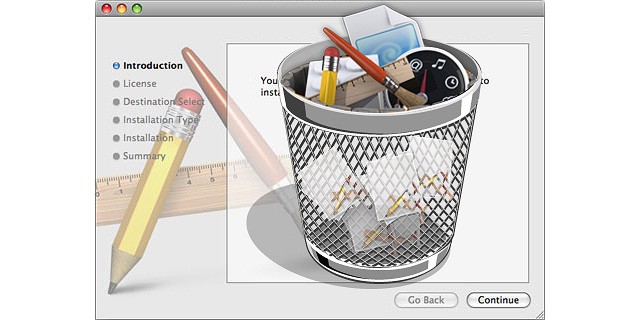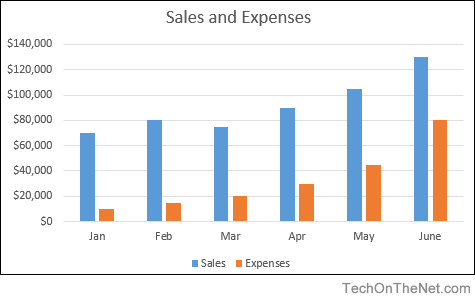Statistical Charts In Excel For Mac 2016
Excel 2016’s many new features include six new chart types. We’ll go over Histogram, Pareto, and Waterfall and talk about how they could be used with your data.  We Treemap, Sunburst, and Box & Whisker earlier.
We Treemap, Sunburst, and Box & Whisker earlier.
How To Run Statistical Tests in Excel Microsoft Excel is your best tool for storing and manipulating data, calculating basic descriptive statistics such as means and standard deviations, and conducting simple.
Histogram shows ranges of values The Histogram chart in Excel 2016 looks like a regular column chart, but each column represents a ‘range’ of values (called a bin) instead of a single value. Histogram charts are for exploring and analyzing the frequencies within a distribution, statistics, density estimation, etc. Histograms also show results of continuous data such as height, weight, distance, etc. Open your spreadsheet and select the database.
This includes some of the essential editing tools which increase the functionality of Snapheal from more than just an image healing or image background editor.  There is also a color management system which allows the editor to have great control over the colors in the image and the tone.
There is also a color management system which allows the editor to have great control over the colors in the image and the tone.
Click Insert > Insert Statistical Chart > Histogram. The chart drops in and opens the Chart Tools/Design Ribbon menus. Scroll across the Design options and select one that fits your project. Click the + sign to edit the chart elements, then click the paintbrush to change the chart’s style, design, or colors.

The style changes are subtle, such as location of the legend, or font attributes. Browse through the options and choose your favorite. Right-click any of the rectangles on the chart and select Format Data Series.
In the Format Data Series pane, click Series Options (the chart icon). Click the down arrow beside Series Options and browse through the drop-down menu to ascertain how each of these options perform. Select Horizontal Category Axis from the list. Under Axis Options, select Number of Bins and change it to 10. For the Overflow bin, enter 850.0; for Underflow bin, enter 100.0.
For Tick Marks, choose whether you’d like to see them inside or outside the chart, or Cross (both inside and outside), or other options. Then select Number and choose the number format you prefer from the list.
Every app can have its own shortcuts, and shortcuts that work in one app might not work in another. Accessibility shortcuts; Safari shortcuts; Spotlight shortcuts; Startup shortcuts; iTunes shortcuts: Choose Help > Keyboard shortcuts from the menu bar in iTunes. Other shortcuts: Choose Apple menu > System Preferences, click Keyboard, then click Shortcuts. Shortcuts for mac. If you’re used to Windows keyboard shortcuts, you’ll probably want to swap the Option/Alt Key with the Command/Windows key. This will change the order from Control, Alt, Windows to Control, Windows, Alt — the same order you’ll find on a standard Windows keyboard. The muscle memory you’ve built up for keyboard shortcuts won’t fail you. How to copy and paste using keyboard shortcuts: on a PC. To copy and paste using the keyboard on a PC you need to locate the following 3 keys on the keyboard: Control (often labelled as ‘Ctrl’) The letter ‘C’ The letter ‘V’ Step-by-step instructions for PC: Select the text you want to copy (as per the instructions above).
Next, select Chart Title from the Series Options drop-down menu, enter a new title, then adjust the alignment based on your preferences. Last, select Series Sales Data Labels from the Series Options dropdown menu, then choose Label Options and click the Chart icon again. Check the Series Name and Value boxes to display both of those labels on your chart. Choose the label position (Outside End in this example), then select the number format (for the data labels). Notice how the chart has changed.
Browse through the remaining options on the Series Options dropdown menu: Chart Area, Plot Area, Series Sales, Vertical Value Axis, and Vertical Value Axis Major Gridlines. When finished, click X to close the Format Data Series pane.